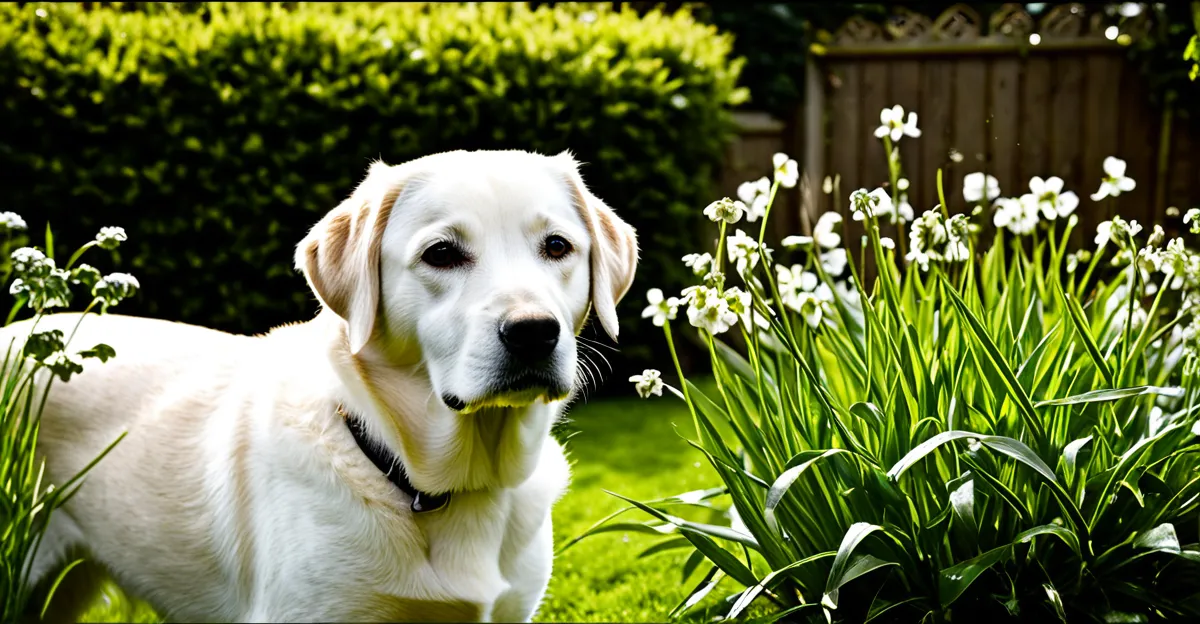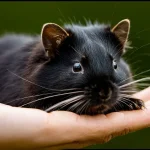Essential Steps to Pet-Proof Your Garden
Creating a safe garden for pets in the UK begins with securing boundaries effectively. Installing pet-proof fencing is crucial to prevent escapes and keep pets safe within the outdoor space. Options such as solid panel fences or wire mesh fencing, with no gaps at the bottom, provide reliable barriers. Regularly inspecting these boundaries can identify any weak spots or gaps where small pets might slip through or get stuck.
Gates and sheds deserve particular attention. Gates should have secure latches placed out of pets’ reach to avoid accidental openings. Additionally, sheds or garden storage areas can harbor hazards or toxic substances; locking these areas or using pet-proof barriers prevents curious pets from entering unsafe zones.
Topic to read : What Are the Unusual Habits of Pets in the UK?
Maintaining a pet-friendly garden means ongoing vigilance and practical adjustments. For example, placing heavy objects against fences or gates can reinforce their strength, and trimming vegetation near boundaries reduces hiding spots for pests or wildlife that may pose risks.
By combining well-chosen fencing, consistent inspections, and securing entry points, you establish a safe garden for pets that supports their outdoor enjoyment while mitigating escape and injury risks. This foundation benefits every UK pet owner dedicated to responsible and safe pet gardening.
Also to read : What Are the Uncommon Pet Laws in the UK?
Identifying and Removing Toxic Plants
Toxic plants for pets UK can pose serious health risks, making it essential to maintain a pet-friendly garden free of poisonous species. Common toxic plants in many UK gardens include foxglove, lilies, and rhododendron, which are harmful if ingested by pets. Identifying these plants involves recognising their distinctive features: foxglove shows tall spikes of purple flowers; lilies have large, elegant blooms; and rhododendrons are dense shrubs with thick, glossy leaves.
To remove toxic plants safely, wear gloves and use garden tools to avoid skin contact or accidental ingestion of plant sap. Dispose of all parts securely to prevent pets from accessing discarded toxic material. Replacing these plants with pet-safe plants, such as lavender, marigolds, or rosemary, helps create a safe garden for pets while enhancing aesthetics.
Creating a pet-friendly planting scheme involves selecting non-toxic, hardy plants that tolerate UK weather and pose no danger to curious pets. This careful choice supports a safe garden for pets and encourages healthier interaction with nature. Regular garden reviews help ensure no new poisonous garden plants UK varieties have been introduced unintentionally, maintaining ongoing UK pet safety.
Choosing Safe Garden Products and Materials
Selecting pet-safe garden products is essential for maintaining a pet-friendly garden that supports UK pet safety. Many conventional weed killers and pesticides contain chemicals harmful to pets if ingested or contacted. Opting for non-toxic pest control products reduces these risks while effectively managing garden pests. Natural alternatives such as neem oil or insecticidal soaps offer effective pest deterrence without compromising safety.
Using pet-friendly fertilisers also protects pets from exposure to toxic substances. Organic fertilisers made from compost or seaweed extracts provide nutrients for plants with minimal chemical additives. Avoid fertilisers containing high levels of nitrogen salts or herbicides, which can irritate pets’ skin or cause digestive issues if ingested.
Mulching choices impact safety as well. Safe mulches should be free of sharp wood chips, chemicals, or treated bark. Options like straw, untreated wood chips, or coconut husk mulch create a safe ground cover that resists pests and conserves moisture without risking pets’ health.
By choosing garden products specifically designed with pets in mind, owners create a secure environment that supports plant growth and UK pet safety simultaneously. This approach encourages healthier, toxin-free outdoor spaces where pets can play and explore confidently.






